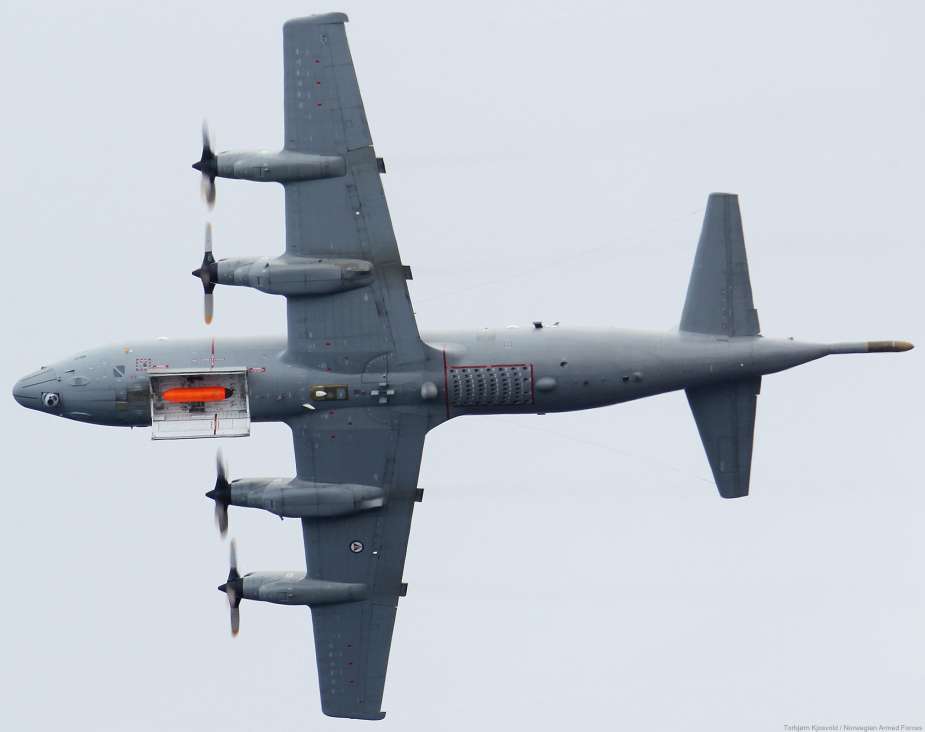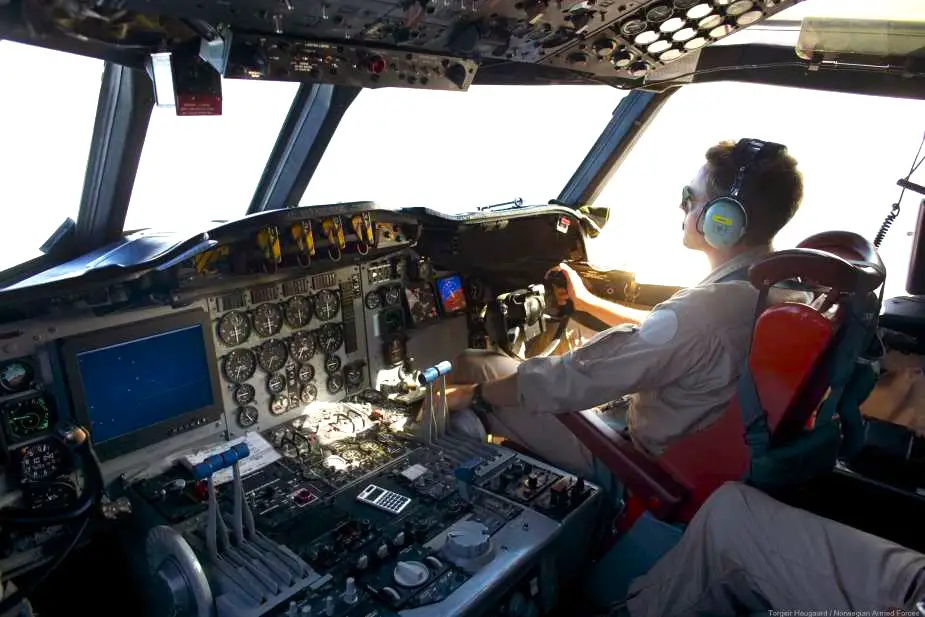Breaking news
Argentinian Navy to get former Norwegian P-3C and P-3N Orion maritime patrol aircraft.
According to a tweet posted by SA Defensa on November 23, the Argentinian government has officially authorized the spending of a total of $60 million USD for the purchase of three second-hand P-3C and one P-3N Orion maritime patrol aircraft from Norway, the deal having been cleared by the US State Department. The first aircraft will be received next month.
Follow Air Recognition on Google News at this link
 Lockheed P-3C Orion (3298 'Viking') of the Norwegian Navy before being phased out (Picture source: Norwegian Armed Forces)
Lockheed P-3C Orion (3298 'Viking') of the Norwegian Navy before being phased out (Picture source: Norwegian Armed Forces)
Four P-3C III Orion were purchased by Norway and delivered in 1989. Registration numbers: 3296, 3297, 3298 and 3299. They were modified to P-3C UIP (Update Improvement Program) standards in the USA between 1997 and 2000. Norway also purchased two P-3B registered 4576 and 6603) that were modified to P-3N standards. All these P-3 Orions were phased out and replaced by P-8A Poseidons.
The Lockheed P-3 Orion is a four-engined, turboprop anti-submarine and maritime surveillance aircraft developed for the U.S. Navy and introduced in the 1960s. Lockheed based it on the L-188 Electra commercial airliner; it is easily distinguished from the Electra by its distinctive tail stinger or "MAD" boom, used for the magnetic anomaly detection (MAD) of submarines.
Over the years, the P-3 has seen numerous design developments, most notably in its electronics packages. Numerous navies and air forces around the world continue to use the type primarily for maritime patrol, reconnaissance, anti-surface warfare and anti-submarine warfare. A total of 757 P-3s have been built. In 2012, it joined the handful of military aircraft including the Boeing B-52 Stratofortress, Boeing KC-135 Stratotanker, Lockheed C-130 Hercules and the Lockheed U-2 that the United States military has been using for more than 50 years. In the twenty-first century, the turbofan-powered Boeing P-8 Poseidon began to supplement, and will eventually replace, the U.S. Navy's P-3s.
The P-3 has an internal bomb bay under the front fuselage, which can house conventional Mark 50 torpedoes or Mark 46 torpedoes and/or special (nuclear) weapons. Additional underwing stations, or pylons, can carry other armament configurations, including the AGM-84 Harpoon, AGM-84E SLAM, AGM-84H/K SLAM-ER, AGM-65 Maverick, 127 millimeters (5.0 in) Zuni rockets, and various other sea mines, missiles, and gravity bombs. The aircraft also had the capability to carry the AGM-12 Bullpup guided missile until that weapon was withdrawn from the U.S./NATO/Allied service.
The P-3 is equipped with a MAD in the extended tail. This instrument is able to detect the magnetic anomaly of a submarine in the Earth's magnetic field. The limited range of this instrument requires the aircraft to be near the submarine at low altitude. Because of this, it is primarily used for pinpointing the location of a submarine immediately prior to a torpedo or depth bomb attack. Due to the sensitivity of the detector, electromagnetic noise can interfere with it, so the detector is placed in P-3's fiberglass tail stinger (MAD boom), far from other electronics and ferrous metals on the aircraft.
 Lockheed P-3C Orion (3298 'Viking') of the Norwegian Navy before being phased out (Picture source: Norwegian Armed Forces)
Lockheed P-3C Orion (3298 'Viking') of the Norwegian Navy before being phased out (Picture source: Norwegian Armed Forces)
 Lockheed P-3C Orion of the Norwegian Navy (Picture source: Norwegian Armed Forces)
Lockheed P-3C Orion of the Norwegian Navy (Picture source: Norwegian Armed Forces)


























